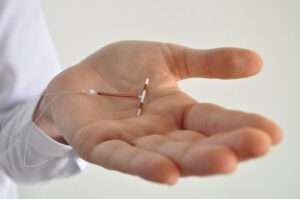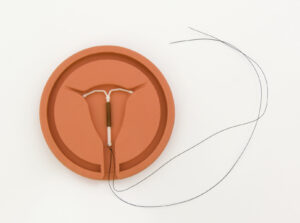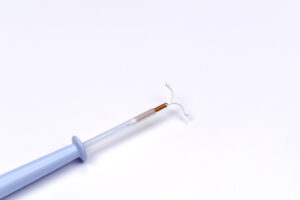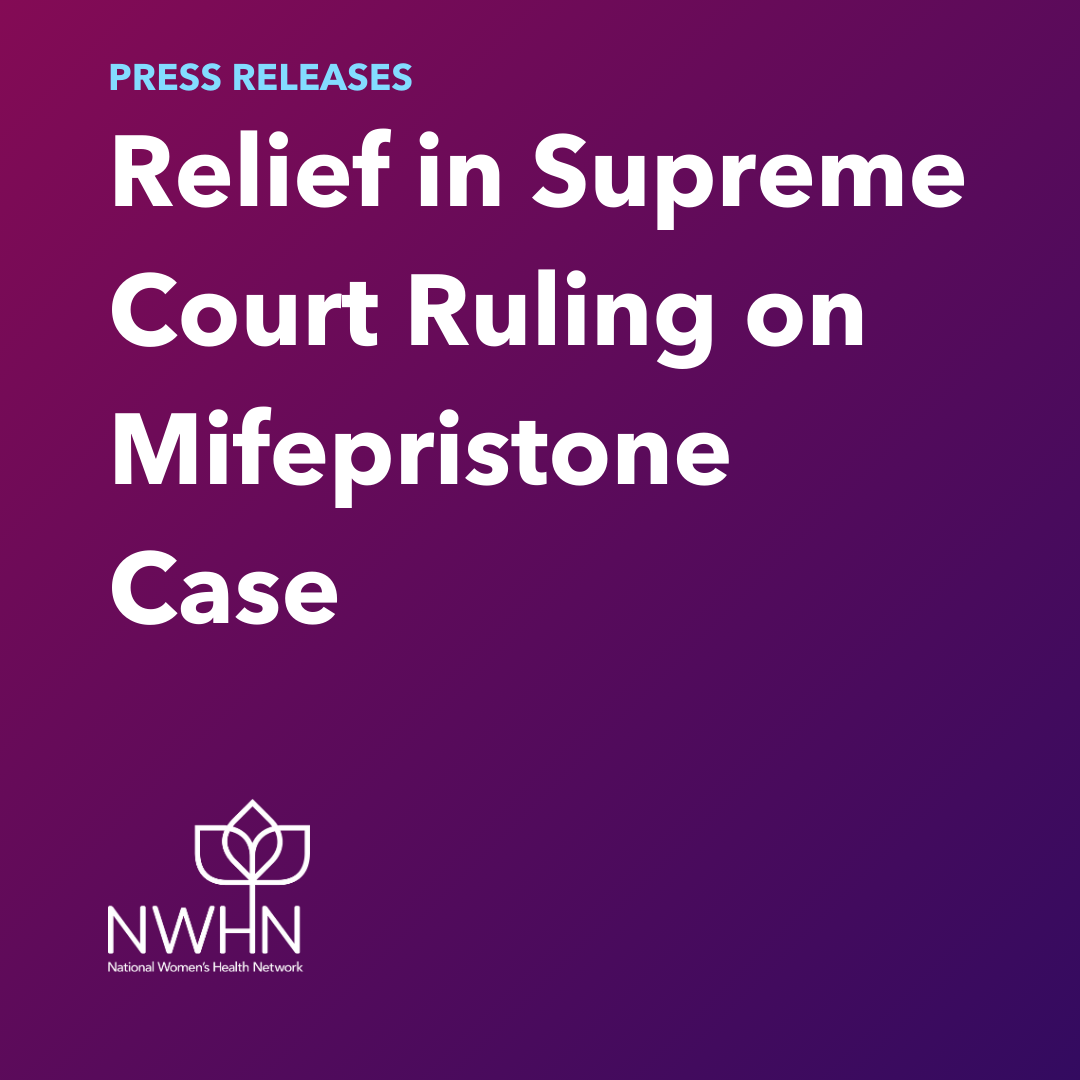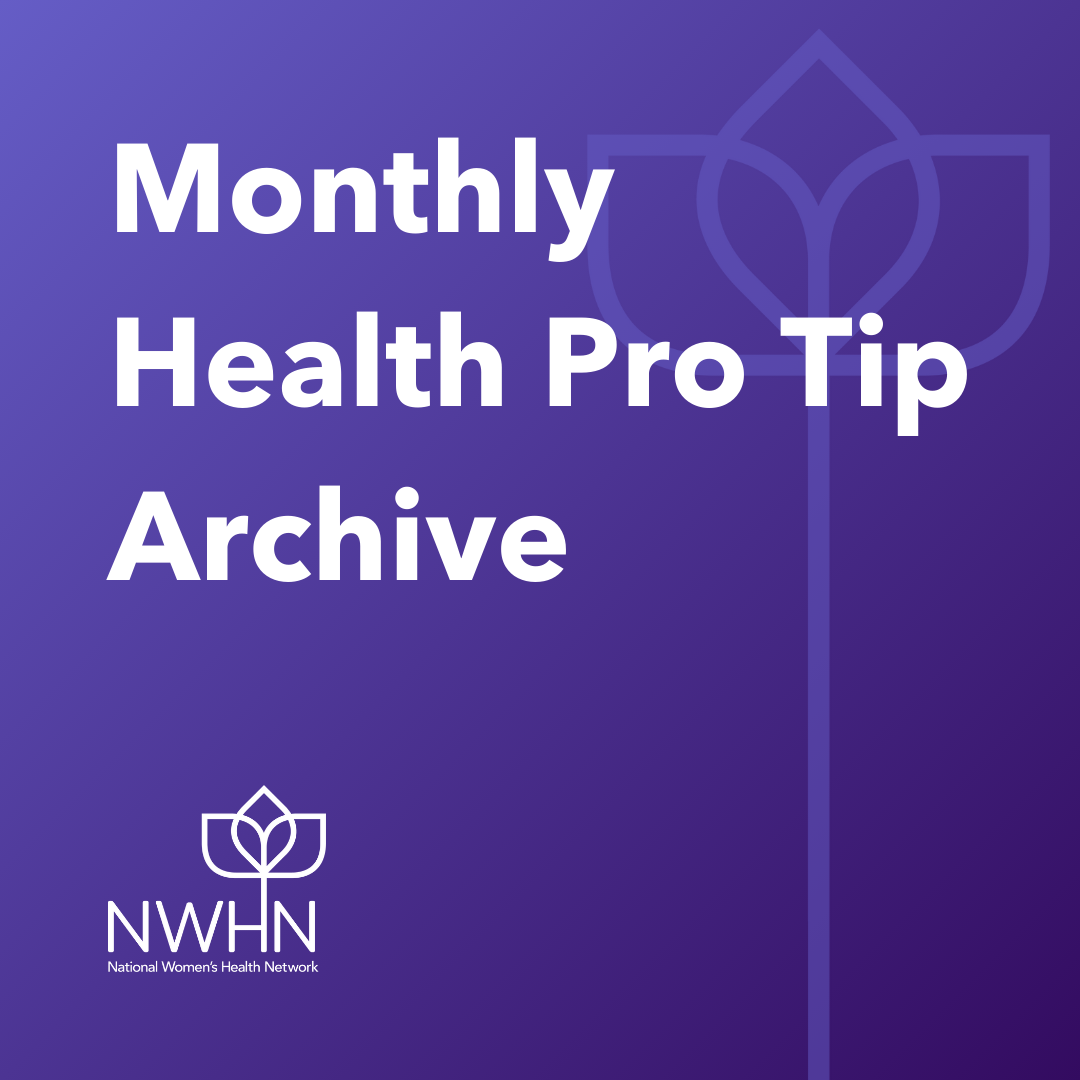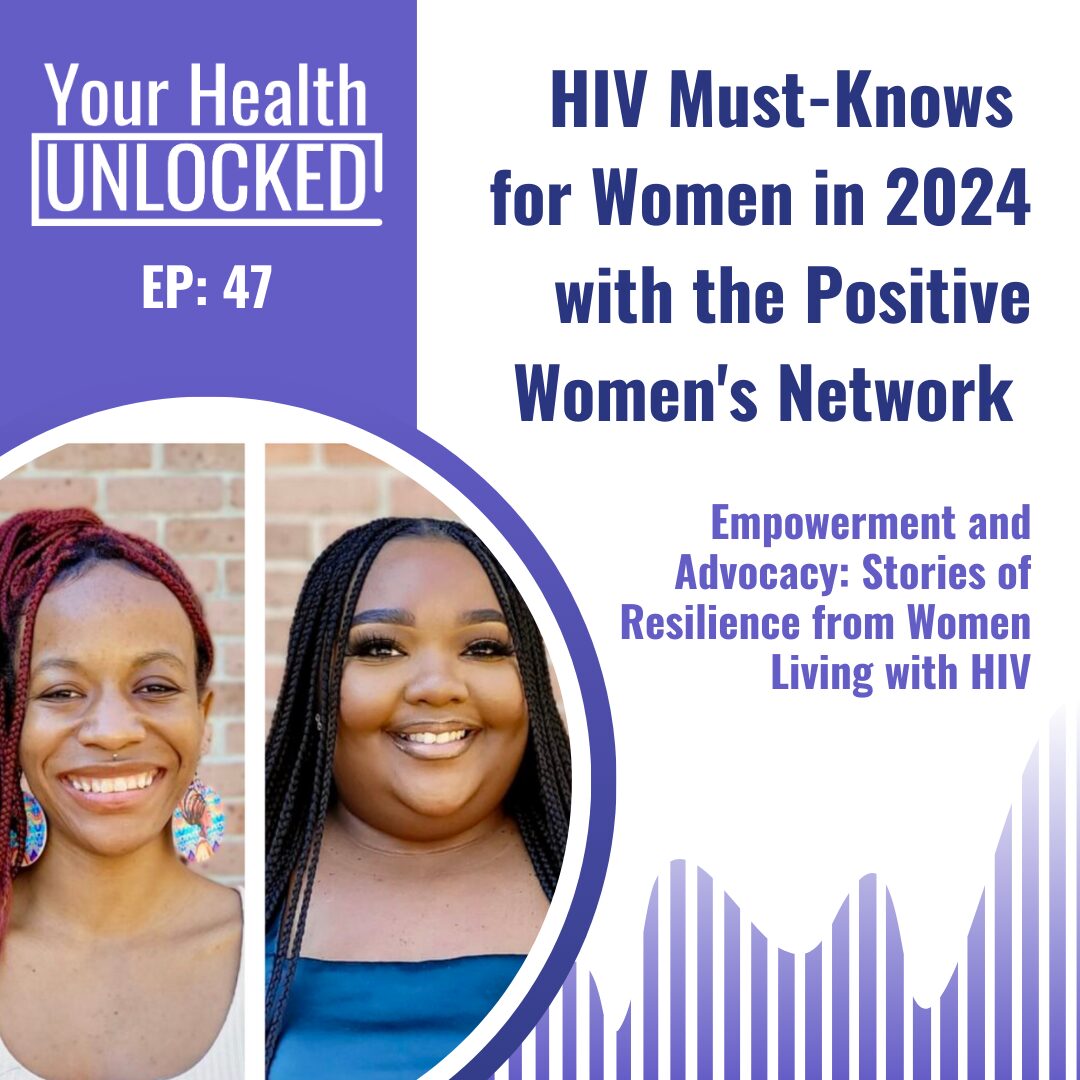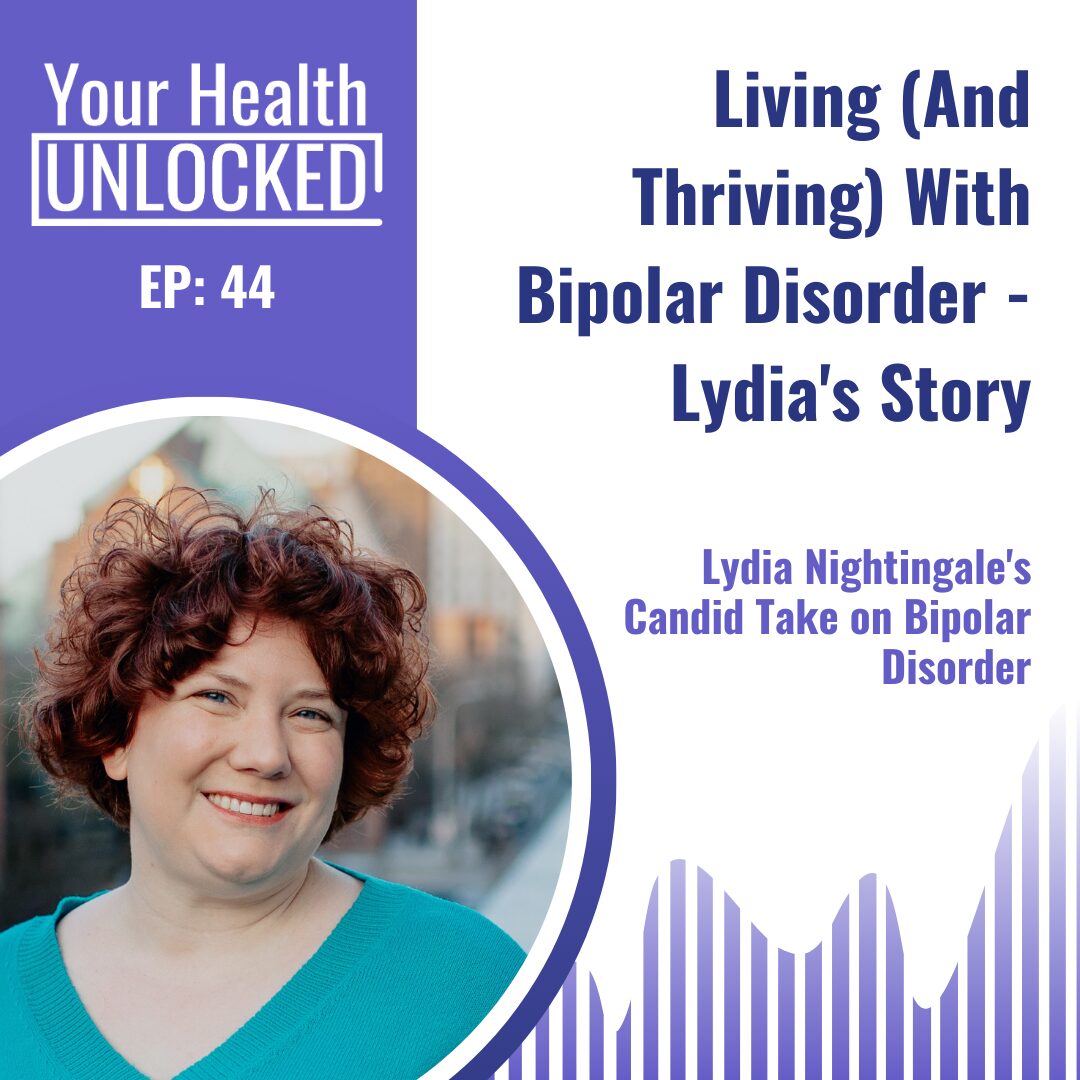Activity on the hill…
The Network Hosts Advocacy Day on the Hill
The Network recently hosted an advocacy day on Capitol Hill with its second cohort of the Health Access and Equity Leadership Training Hub (HEALTH) Program. During this event, members of the cohort came to Washington D.C. and engaged with lawmakers and staff, leaving behind information packets and materials highlighting key initiatives and policies aimed at enhancing maternal and reproductive health. These packets detailed the importance of supporting legislation to improve health outcomes for women and underscored the critical need for research and resources in this area. The advocacy day was successful in building connections between our cohort and legislative offices and also achieved the overarching goal of fostering informed policy decisions that benefit maternal and reproductive health in their states and communities.
The Network Attends Endometriosis Caucus Reception for Women’s Health Month
In celebration of Women’s Health Month, our policy team had the privilege of attending the Endometriosis Caucus reception on May 23, a pivotal event dedicated to advancing awareness and support for endometriosis research and care. This event also served as a Congressional briefing for the Endometriosis CARE Act, an initiative sponsored by Representative Nikema Williams (GA-05), which aims to enhance research, improve patient care, and provide comprehensive education on endometriosis, a condition that affects millions of women worldwide. The Network is dedicated to advocating for policies like the Endometriosis CARE Act that advances research and enhances knowledge on critical women’s health issues.
Fiscal Year 2024 Appropriations
First, a quick primer on the appropriations process: The president submits a budget to Congress for the federal government for the federal government fiscal year (October 1 through September 30). Congress must pass 12 appropriations bills or pass a continuing resolution (also called a stopgap bill) before the October 1st deadline to fund the government for the following year. The NWHN Policy Department is both closely monitoring this process and fighting every day to make sure that programs promoting the health and well-being of women are back with federal dollars. Here’s where we stand:
On March 23, after months of intense negotiation, Congress successfully finalized the Fiscal Year 2024 appropriations, passing a $1.6 trillion package that funds various federal departments and agencies through September 2024. The comprehensive funding package includes critical investments in defense, health care, education, and other essential services. The legislation saw significant bipartisan support, with the Senate approving the final set of bills by a 72-24 vote, and the House following suit with a 286-134 vote.




